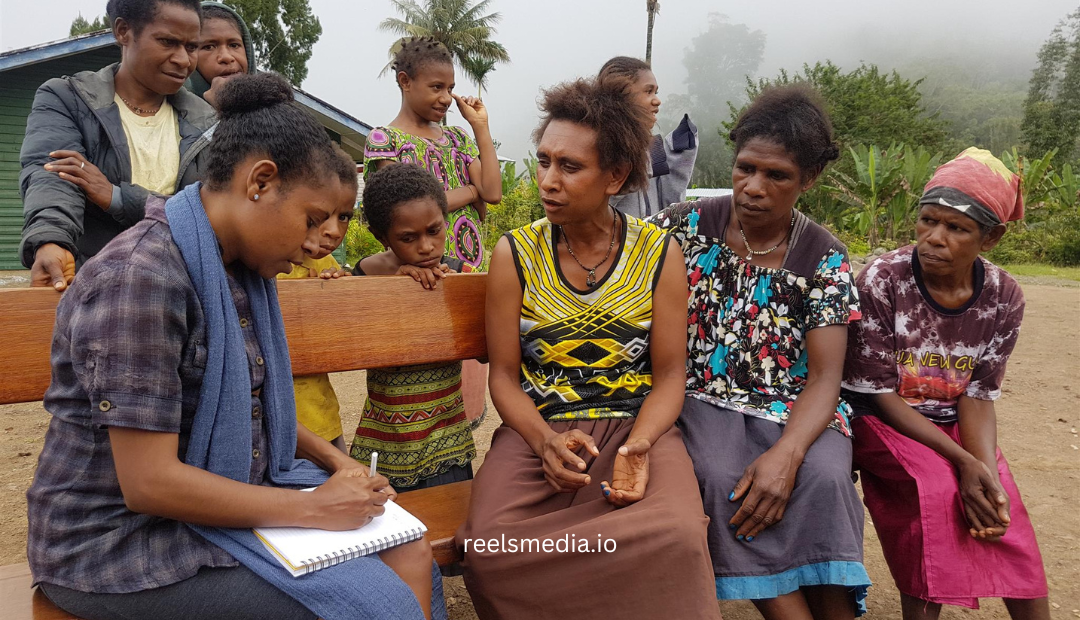Working with the Market Development Facility over the years, I have observed how this initiative transforms rural communities and urban industries alike. It connects businesses, farmers, entrepreneurs, SMEs, and financial services to markets, resources, and investment opportunities that would otherwise remain inaccessible. By supporting agriculture, tourism, livelihoods, and infrastructure, it empowers women, promotes inclusive growth, and creates sustainable economic opportunities. I have personally seen projects where skills, employment, and income increased significantly when programs were implemented in coordination with policy makers, institutions, and private sector actors.
The Market Development Facility also focuses on building value chains that increase production, improve competitiveness, and expand exports. By integrating innovation, finance, and technology, the program ensures businesses and entrepreneurs can scale operations while creating social and environmental value. Observing these transformations, it became clear that the success of development programs relies not only on funding but also on partnerships, monitoring, and impact assessments.
Market Development Facility – Core Functions and Strategic Approaches
The Market Development Facility achieves impact through strategic partnerships with businesses, farmers, SMEs, and NGOs. By co-investing in innovative business models and offering technical assistance, it reduces risk and encourages profitability. I have seen firsthand how linking agribusinesses, tourism enterprises, and urban industries with financial services and resources strengthens market systems and improves efficiency.
In countries like Fiji, Timor-Leste, Sri Lanka, and Papua New Guinea, the Market Development Facility targets strategic sectors such as horticulture, livestock, aquaculture, organic spices, coffee, and tourism. These interventions are designed to create jobs, broaden entrepreneurial opportunities, and increase income for men and women in rural and urban areas. My experience has shown that combining policy engagement with practical support—such as improving market access, value addition, and supply chains—creates sustainable outcomes that benefit both communities and industries.
The program also promotes inclusive growth by focusing on gender equality, women’s economic empowerment, and the inclusion of people with disabilities. Close collaboration with institutions, policy makers, and local authorities ensures that the interventions address structural challenges, creating equitable opportunities across sectors.
Impact Across Key Sectors
Agriculture remains one of the most significant areas of impact. By linking farmers with markets, providing access to high-quality inputs, and supporting value addition, the Market Development Facility improves productivity, income, and export competitiveness. I have observed smallholder farmers adopting new technologies and farming methods that enhanced production and created employment opportunities for rural households. In Pakistan, initiatives in horticulture, dairy, and livestock not only improved nutrition but also expanded off-take markets and financial inclusion for farmers.
In tourism, the Market Development Facility promotes niche destinations, experiential tourism, and marketing strategies that attract visitors while supporting local businesses. For example, in Fiji, collaboration with tourism authorities, airlines, and local entrepreneurs resulted in increased yacht arrivals, higher sales revenue, and expanded employment opportunities in hospitality. Similarly, in Sri Lanka, interventions in tourism labour, product development, and tourism promotion supported post-war regional development, benefiting women, rural communities, and small businesses.
The Market Development Facility also strengthens urban industries through outsourced services, ICT, and MSME development. In my experience, linking urban enterprises with markets, training, and finance enhances competitiveness, creates jobs, and improves income security for employees, including women and youth. These interventions demonstrate the importance of holistic approaches that combine policy, resources, and capacity-building.
Promoting Inclusivity and Sustainability
Inclusivity is at the heart of the Market Development Facility’s approach. By focusing on women’s economic empowerment (WEE), gender equality, and disability inclusion, the program ensures equitable opportunities for all participants. I have seen women entrepreneurs gain skills, access to finance, and greater decision-making power within households and businesses. Similarly, people with disabilities have benefitted from interventions that increase economic participation, employment, and access to resources.
Sustainability is another key focus. The Market Development Facility integrates climate change adaptation, disaster risk reduction, and resilient business models into its strategies. My experience has shown that when businesses and farmers are supported to anticipate climate risks and adopt mitigation measures, the results are long-lasting. Programs that incorporate analysis, strategy development, and monitoring allow interventions to scale and replicate across regions, ensuring sustainable growth and inclusive economic impact.

Regional Development and Opportunities
From Fiji to Sri Lanka, the Market Development Facility creates a ripple effect in regional development. By improving exports, enhancing supply chains, and facilitating investment, it strengthens market systems across the Asia-Pacific region. I have witnessed policy makers, institutions, and private sector actors collaborating to build robust investment environments, attracting both domestic and international funding.
These interventions not only boost economic growth but also improve livelihoods. Entrepreneurs and SMEs gain market intelligence, resources, and finance, enabling them to expand operations, create jobs, and contribute to sustainable development. Through co-investment, technical assistance, and strategic partnerships, the Market Development Facility ensures that growth reaches both urban industries and rural communities.
Monitoring, Evaluation, and Knowledge Sharing
The Market Development Facility emphasizes monitoring, evaluation, and impact assessments to track results and improve performance. I have learned that without proper data, analysis, and feedback, even well-funded programs struggle to achieve sustainability. By collecting information on income, employment, market transactions, and gender inclusion, the program can adapt strategies and ensure long-term impact.
Additionally, the Market Development Facility develops market intelligence that informs policy decisions, guides investment, and provides actionable insights for businesses. Sharing knowledge with partners, NGOs, and government agencies strengthens coordination and creates scalable solutions that benefit wider communities.
FAQs
What is Market Development Facility?
The Market Development Facility is a DFAT-funded, multi-country initiative that supports inclusive economic growth by connecting businesses, SMEs, farmers, and entrepreneurs to resources, markets, and financial services.
Which countries benefit from Market Development Facility?
Countries across the Asia-Pacific, including Fiji, Sri Lanka, Timor-Leste, Papua New Guinea, Pakistan, Samoa, Vanuatu, and Tonga, benefit from regional development, market interventions, and inclusive growth.
How does Market Development Facility support agriculture?
The Market Development Facility links farmers with markets, inputs, and value chains, improving productivity, income, employment, and export competitiveness.
How does Market Development Facility ensure inclusivity?
By promoting gender equality, women’s economic empowerment, and disability inclusion, the Market Development Facility ensures equitable opportunities, stronger livelihoods, and long-term economic impact.
How is success measured in Market Development Facility?
Monitoring, evaluation, impact assessments, and data analysis measure the program’s effectiveness, ensuring resources, finance, and strategies deliver sustainable growth.
Conclusion
The Market Development Facility is a model of inclusive economic development that brings together businesses, farmers, SMEs, entrepreneurs, and institutions. By fostering partnerships, supporting value chains, and promoting innovation, it strengthens market systems, creates employment, and increases income. Its focus on gender equality, climate adaptation, and regional development ensures sustainable impact. Through continuous monitoring, research, and knowledge sharing, the Market Development Facility remains a powerful catalyst for economic growth, resilience, and opportunities across the Asia-Pacific region.
